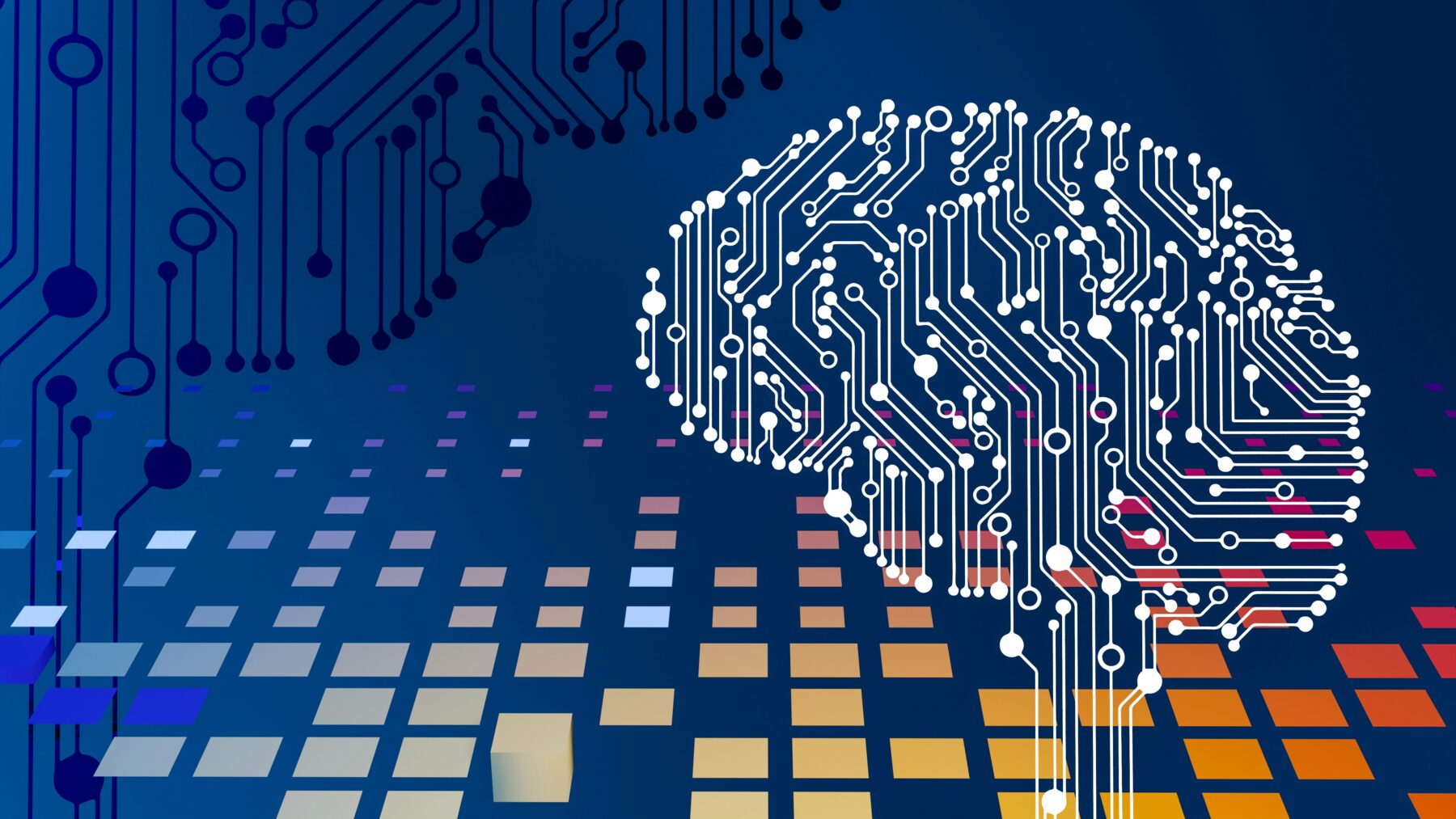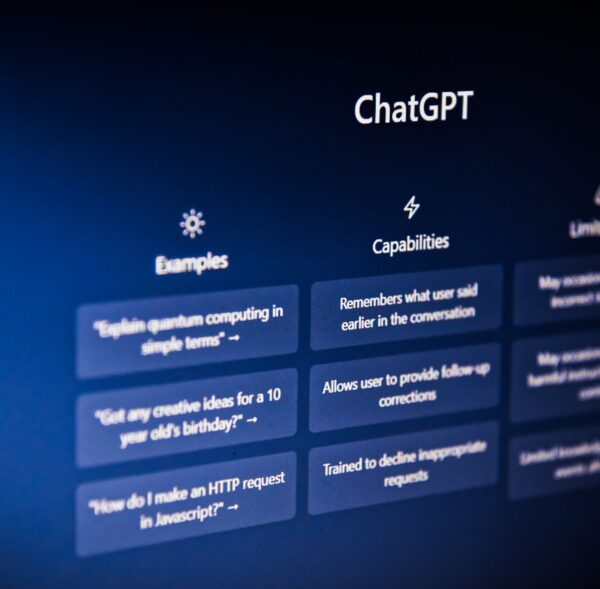Interest in AI is strong in K-12 – but what about ECEC?

Interest in artificial intelligence (AI) applications has been strong in Kindergarten – Year 12 spaces, with many experts exploring applications for both students and teachers.
In the early childhood education and care (ECEC) space however, this interest is both more complex, and less progressed.
Isabelle Hau, the executive director of Stanford Accelerator for Learning, has recently commented on the potential benefits and challenges of AI in early learning.
An extract of these comments appears below. To access the full story, first shared by The Hechinger Report, a nonprofit, independent news organization focused on inequality and innovation in education, please see here.
AI trends in the early years
When asked about her observations of the use of AI in early childhood classrooms, Ms Hau shared her observation that the primary use she is seeing is in assessment, and in other ‘pain points’ in the average educator’s day.
“Observational assessments take a long time,” she said.
“There are some innovations that are starting to materialise in making assessments less visible, or invisible maybe, at some point. So discussion around how to leverage, for example, computer vision or some form of voice inputs in classrooms, or some gamified approaches that are AI-based (are taking place).”
One example, which is currently not being used in classrooms but which has powerful possibilities, is a tool developed by Dr. Philip Fisher, known as FIND.
FIND is now an application for early childhood educators, and looks at child-adult interactions and takes video of that interaction.
“It is very expensive for humans to look at those videos and analyse the special moments in those interactions,” Ms Hau explained.
“Now, artificial intelligence is able to at least take a first pass at those interactions in a much more efficient manner.
Another application, again out of Stanford, is Google Glasses that children who have trouble recognising emotion – such as some children with Autism Spectrum Disorder – can wear, to help them detect emotions from adults or other young people they are interacting with.
“Feedback, especially from parents and families of young children, is quite moving. Because for the first time, some of those young kids are able to actually recognize the emotions from the people they love,” Ms Hau explained.
Other AI innovations which have early childhood applications centre on language.
“Language is a complicated topic because we have, in the U.S., more and more children who speak multiple languages. As a teacher, it’s very complicated. Maybe you’re bilingual or trilingual at best, but if you have a child who speaks Vietnamese and a child who speaks Mandarin or Spanish, you can’t speak all of those languages as a teacher,” Ms Hau continued.
“So how do we correctively support those children with huge potential to thrive when they may not be proficient in English when they arrive in this classroom? Language is a really interesting use case for AI.”
An approach of caution
While there is much to be excited about when it comes to the world of AI products and tools, Ms Hau preached caution when it comes to the vulnerable first five years.
“While I’m excited about the potential, there are lots of risks,” she said. “I’m excited about the potential for those technologies to support adults – I have a lot of questions about exposing young children.”
As the legalities and ethics catch up with the powerful AI tools, she preaches caution, telling ECEC educators to avoid entering any identifiable information into AI systems, and to maintain a keen focus on inherent bias.
“We’ve done some research at Stanford on bias sentiments in those systems, and we have shown that systems right now are biased against multilingual learners,” she explained.
“I can see that myself, as a non-native English speaker. When I use those systems, especially when I use voice, they always mess up my voice and accent. Biases exist everywhere, but certainly they do exist in [AI] systems.”
Eye to the future
When asked about other ways in which she could see AI filling a need in ECEC, Ms Hau suggested that AI could be an integral part of helping providers find enrolments, and to help parents to find care. This is an area that she hopes will see “better solutions powered by technology.”
“If I want to dine tonight at a restaurant in Palo Alto, this is really easy,” she said.
“Why don’t we have this for early childhood? ‘I’m a low-income parent living in X, and I’m looking for care in French, and I need hours from 8 to 5,’ or whatever it is. It would be really nice to have [technology] support for our millions of parents that are trying to find solutions like this. And right now, it doesn’t exist.”
This story about AI in early education was produced by The Hechinger Report, a nonprofit, independent news organization focused on inequality and innovation in education.
Popular

Workforce
Practice
Provider
Quality
Research
Supporting successful transitions: Big moves, big feelings
2025-06-26 11:00:30
by Fiona Alston

Workforce
Policy
Quality
Practice
Provider
Research
ECEC must change now, our children can’t wait for another inquiry
2025-07-02 07:47:14
by Fiona Alston

Quality
Practice
Provider
Research
ECEC in focus - Una Springwood’s intergenerational initiative brings young and old together through connection and care
2025-06-30 10:00:45
by Contributed Content












